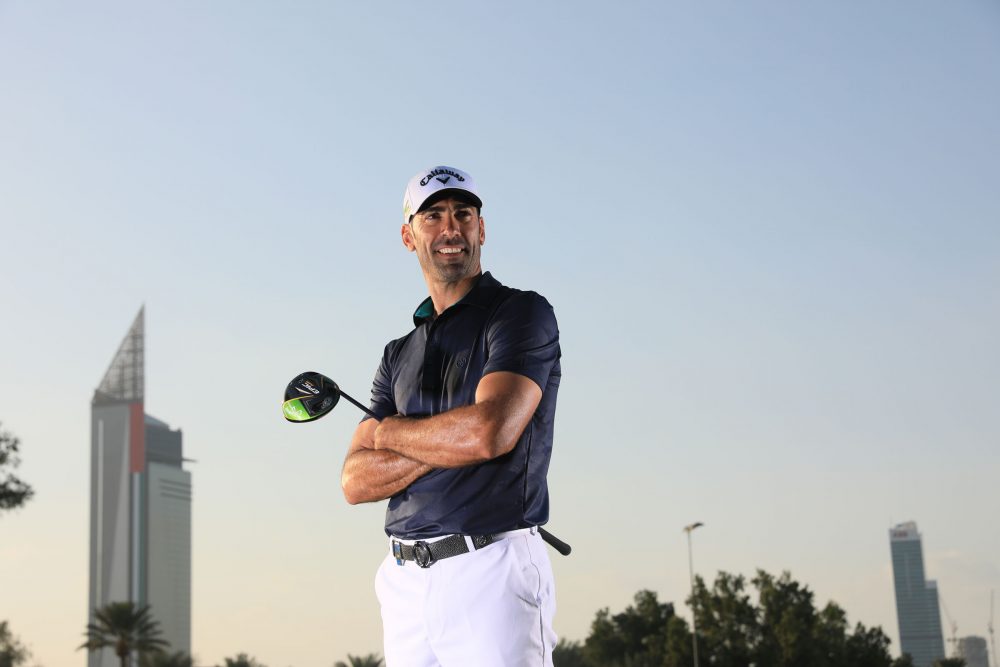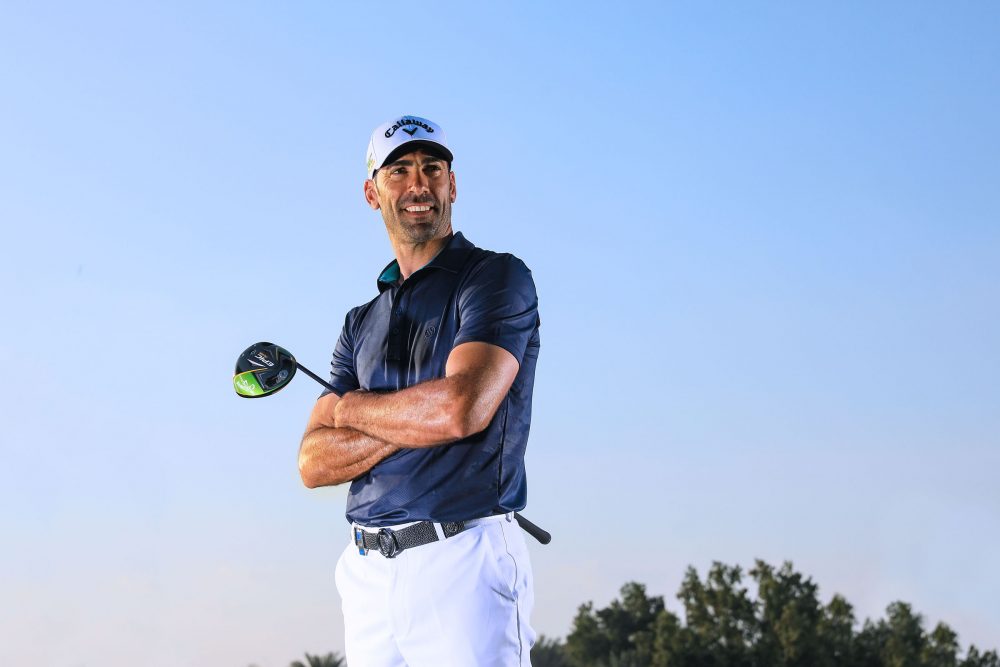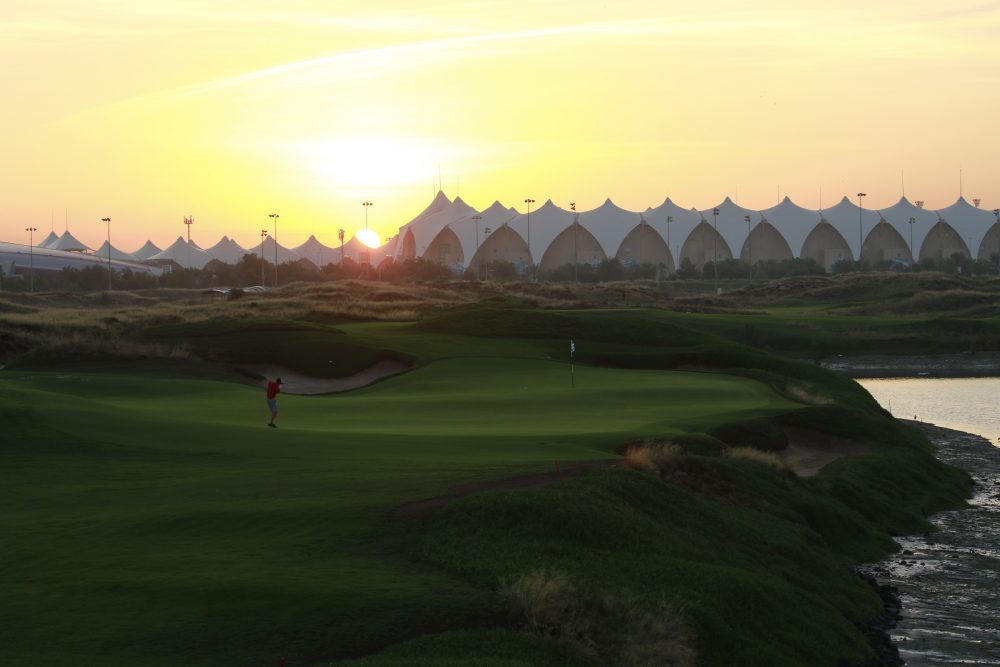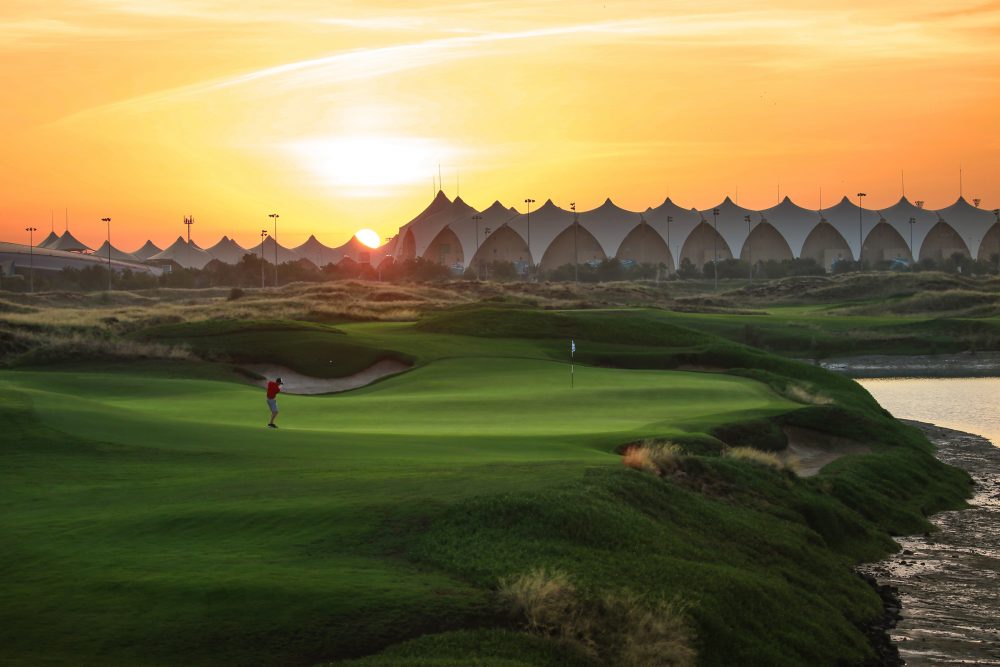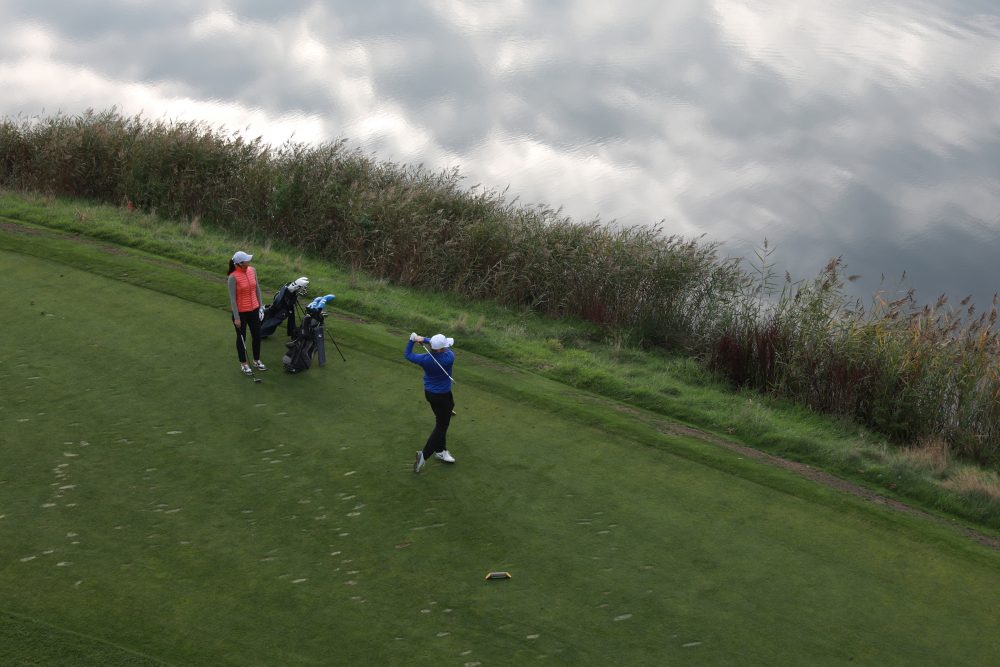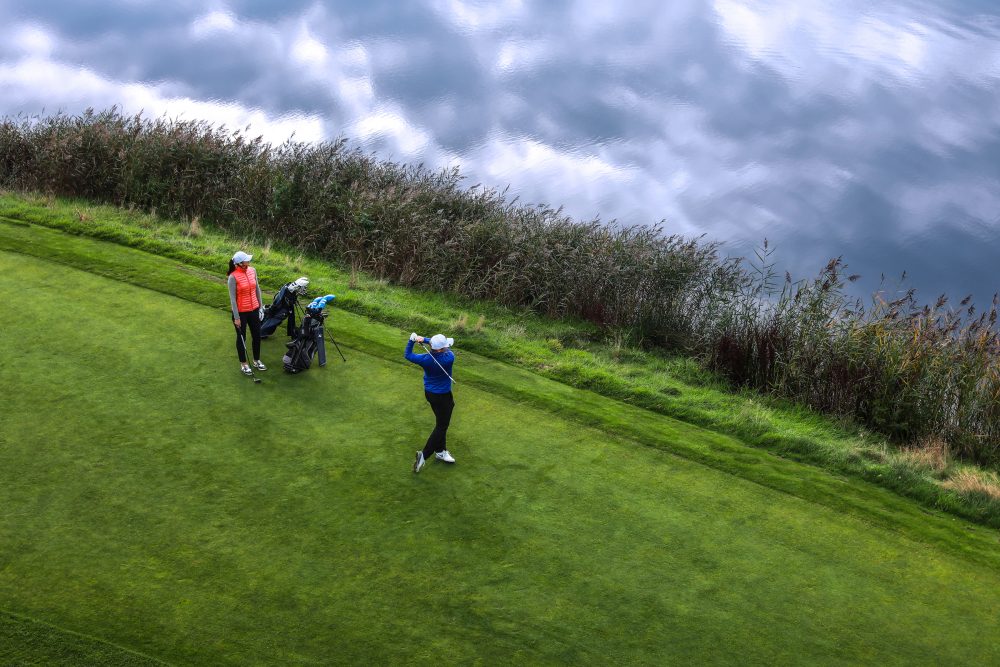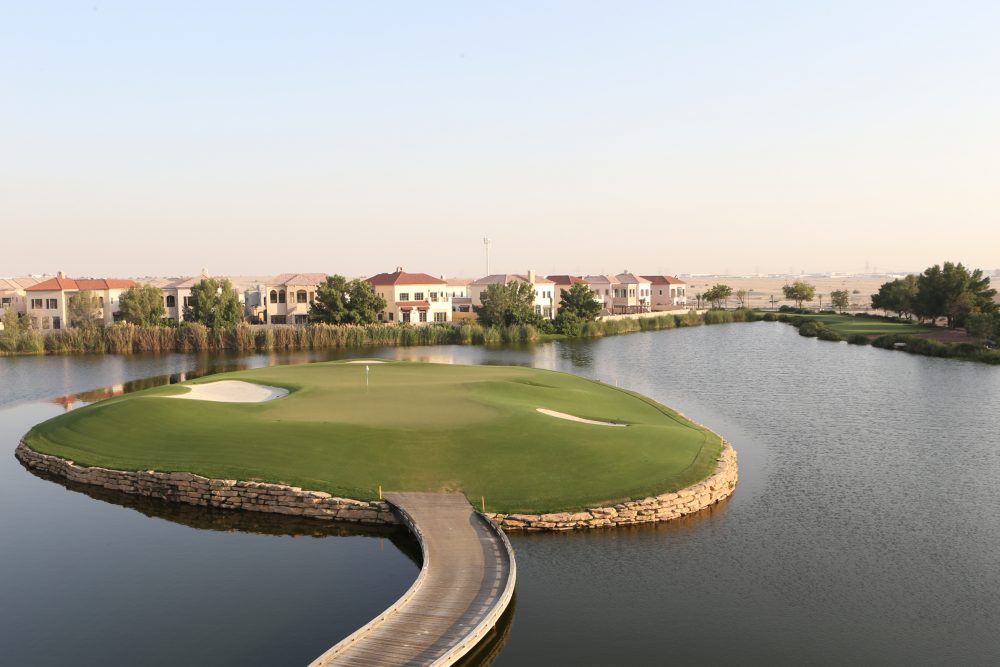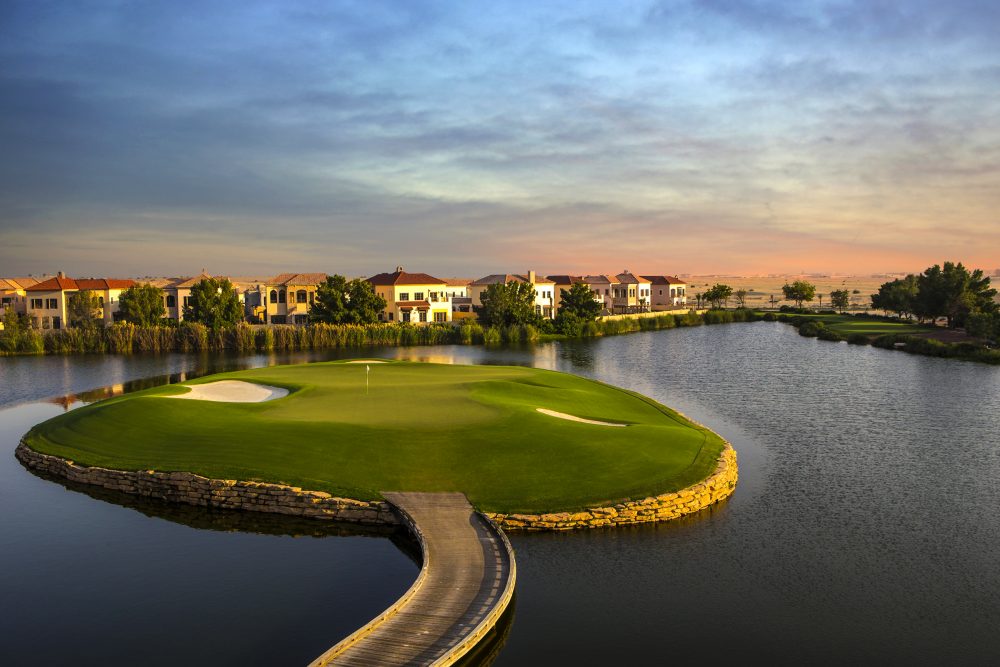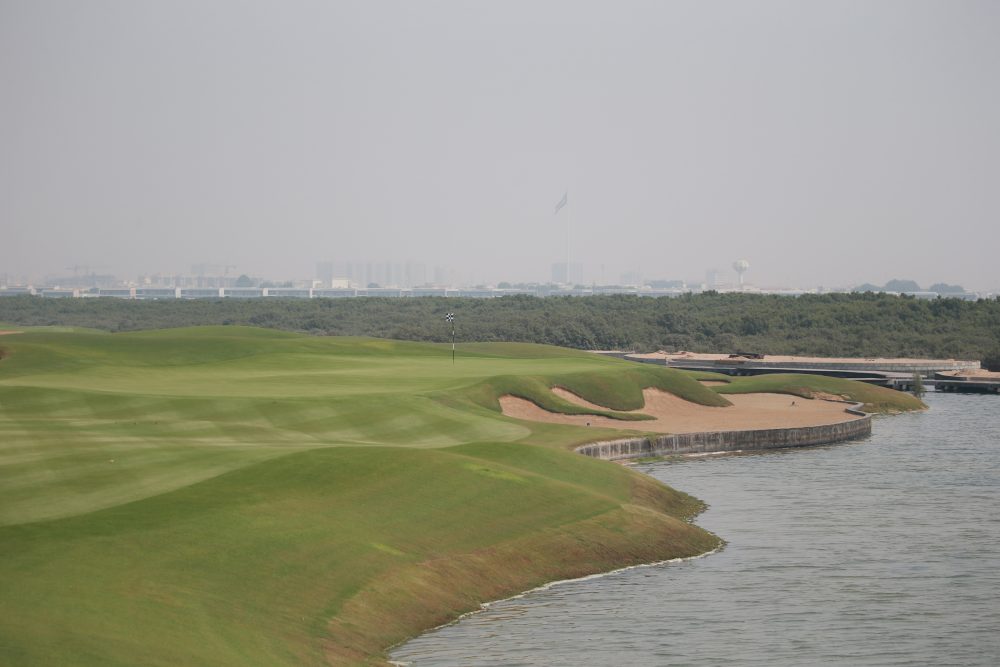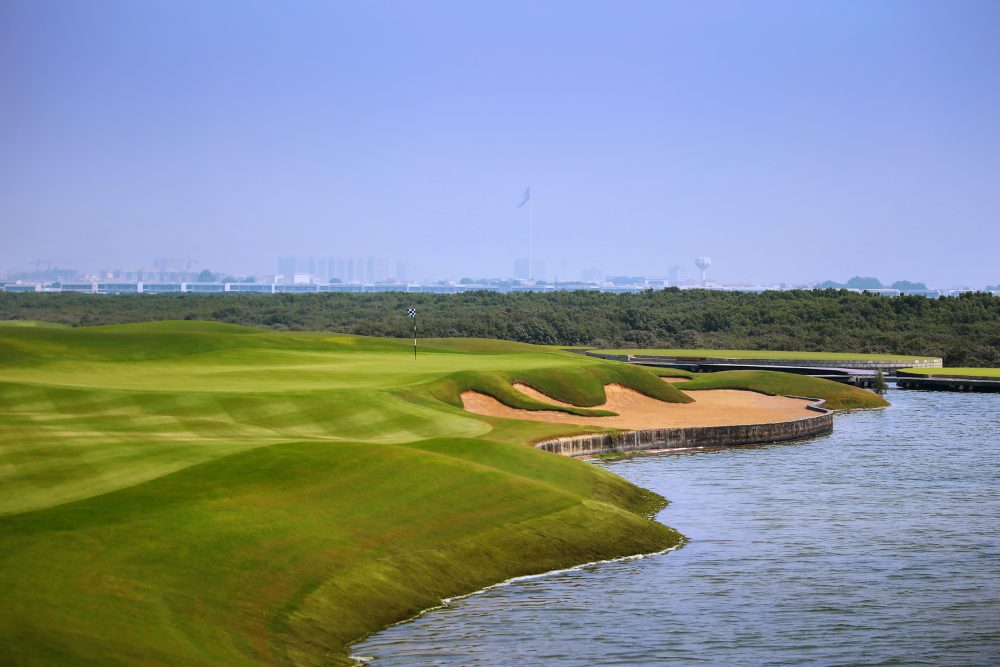Several years ago a very well known sports photographer told me that he was a purist when it came to the integrity of the quality of his images and that he didn’t really see the benefit of digital retouching!
This kind of made me smile a little to myself especially knowing that in my days as a creative director I had worked on many of his images to take them to another level that would enhance the quality of those images for our client.
In a commercial advertising environment you would not be fulfilling your obligation to your clients by providing them with anything less than perfect! So even before digital photography and Macs really kicked in I would be using the skills of the old fashion retouchers who would be working on film and prints to better improve the quality of the images.
Retouching has been around since the very first days of black and white photography, when developing the pictures the photographers would use dodging and burning to control the amount of light projected onto the photographic paper. This would give them control on how the final result would look.
Today Digital cameras have come a long way in a very short time and if you have a smartphone you too can control the quality of your pictures in a much more sophisticated and also fun way! But why would we need to?
As good as digital is in camera, I have always believed that the images can be improved. If it’s a flat shot you can give it more contrast, if it’s not quite sharp you can sharpen it and if the colours are muted you can make them more vibrant.
I have always used Adobe photoshop to enhance my images, It’s a tool that I have become very comfortable with, however the secret is knowing how far to go with any colour correction and saturation. In my minds eye I try to remember the colours at the point of time when the image was taken, I use that as my ‘keep it real guide’ and think this is the most important aspect of any post production work.
Other than colour or exposure correction processes the other most important part of post production is retouching. I will spend 3 or 4 days after a full shoot working on the images to clean them up in my particular style. There are several things that I will do to an image and without giving them away you might notice some of them in the following before and after samples!
I’m often called into shoot a new build where the course might be ready but the other facilities might not! Mostly the backdrops might not be clean or the bunkers not finished. My job then is to provide my clients with a selection of collateral images that they can use to start the process of marketing the venue.
The final part of post production is saving an image! If the weather conditions aren’t right there are ways to make changes to a shot to still keep it commercially viable. Again some of the samples shown will give you a few clues on what can be done.
